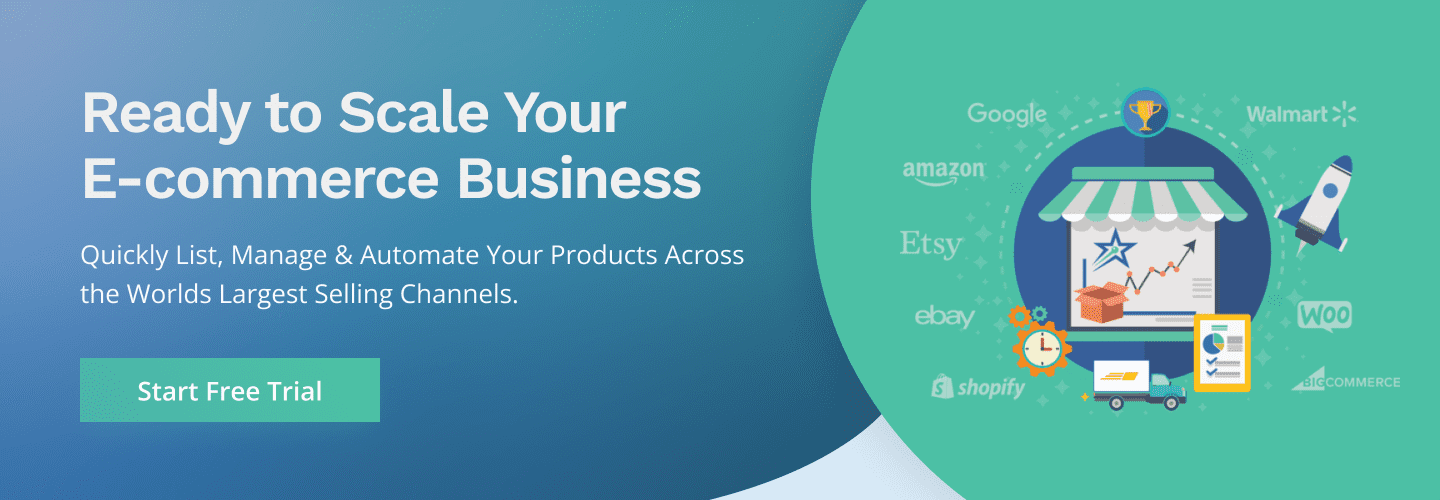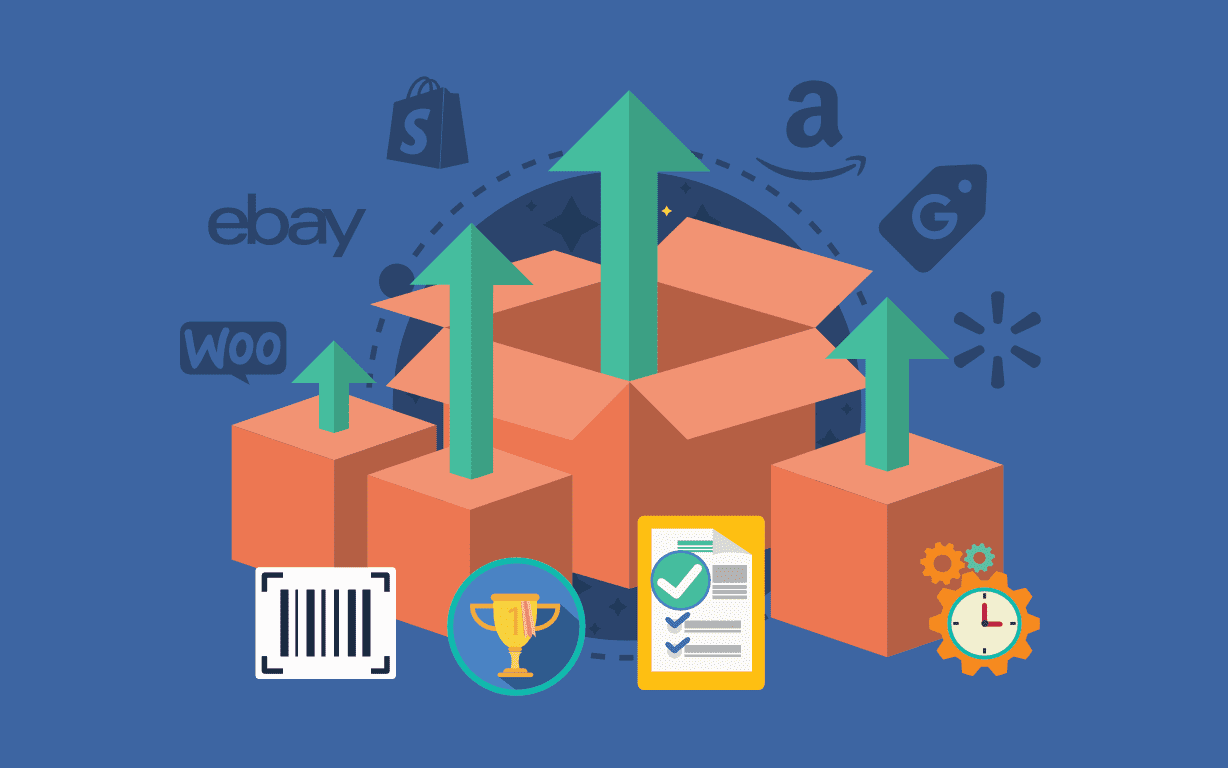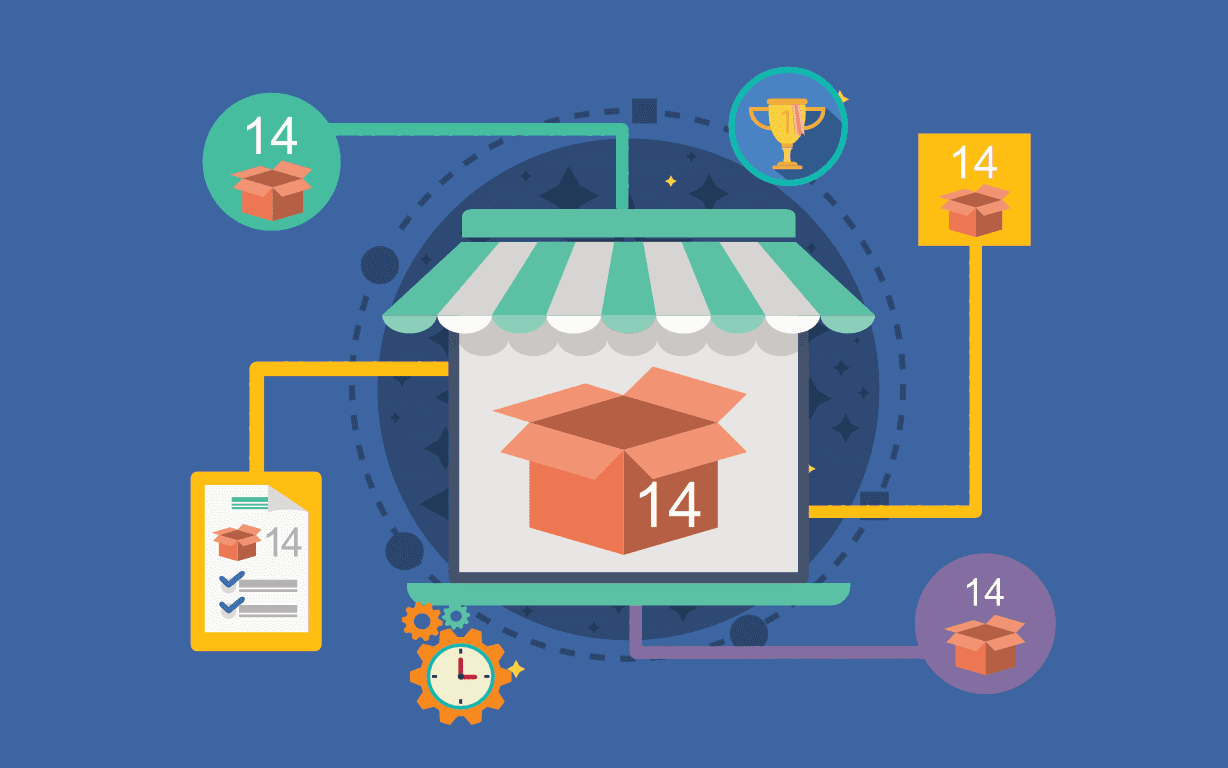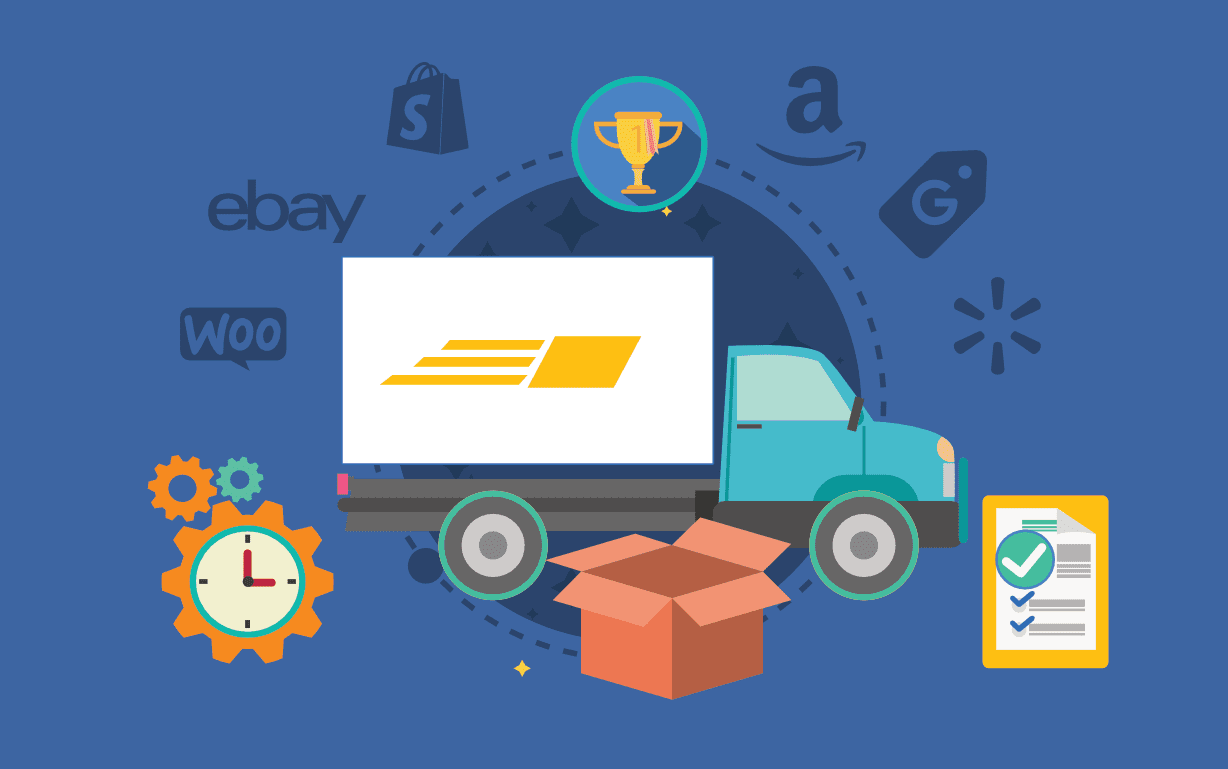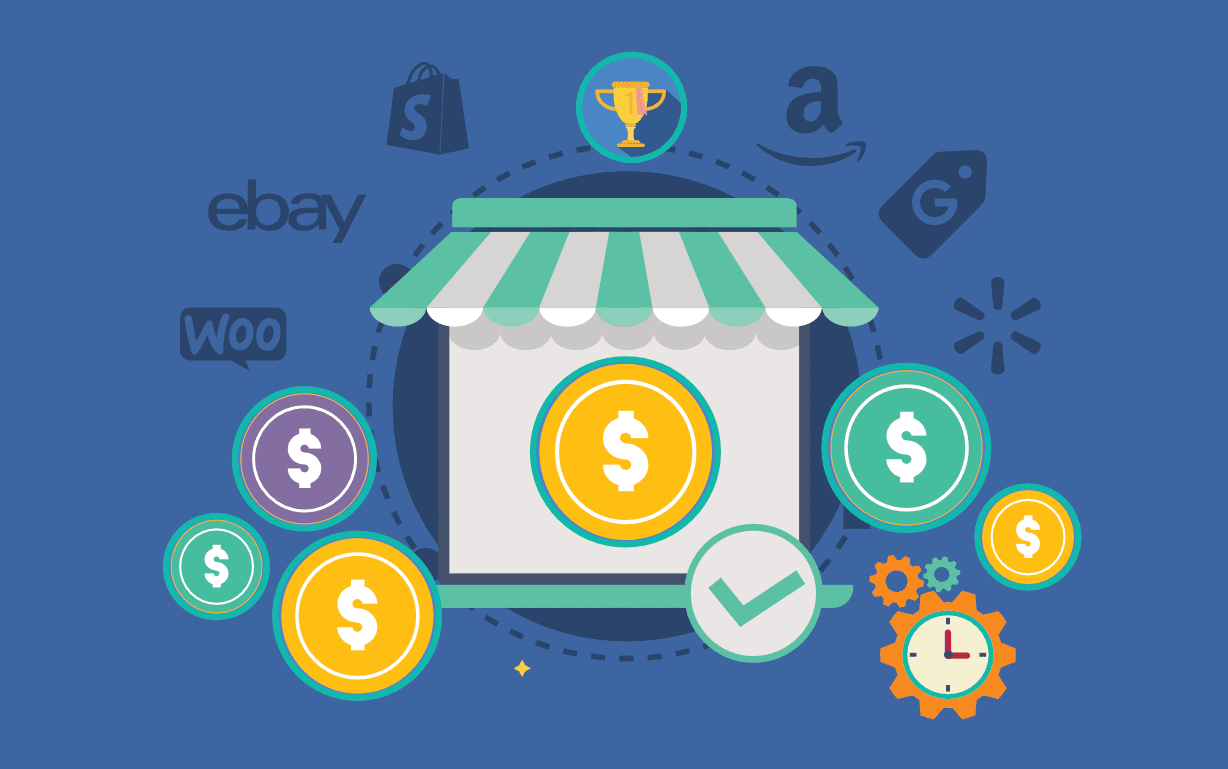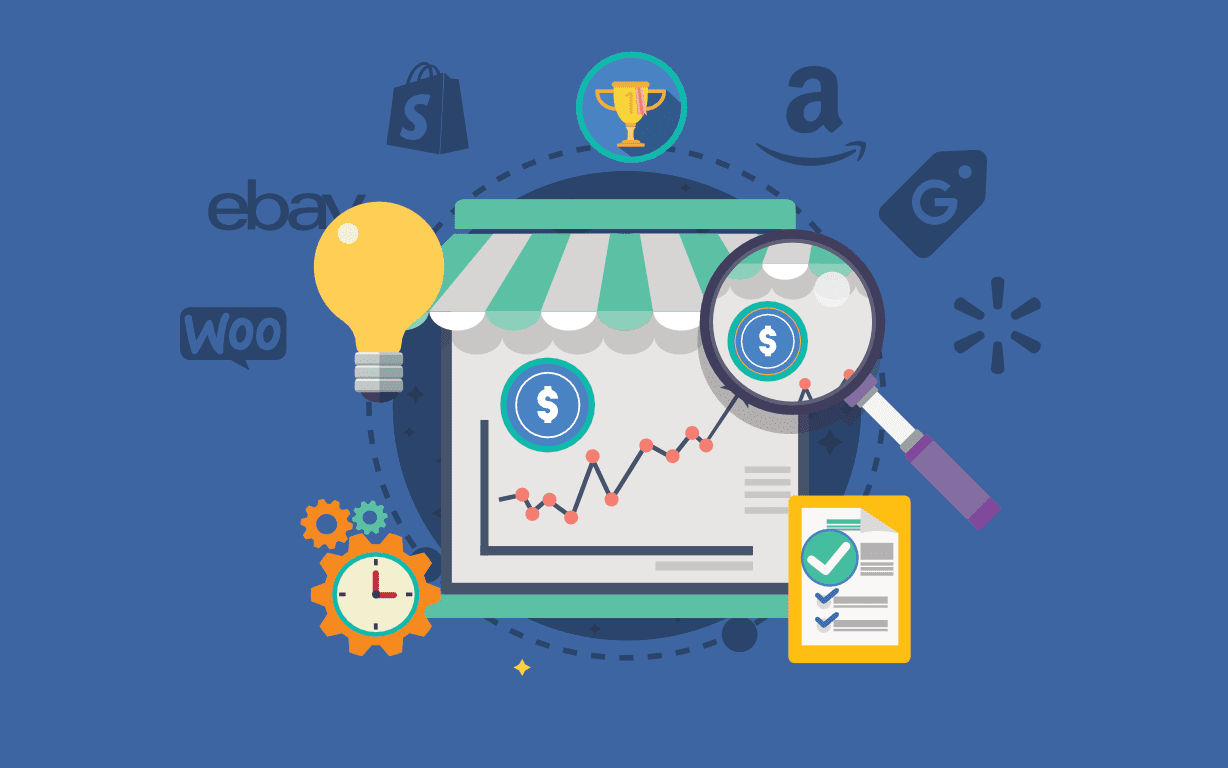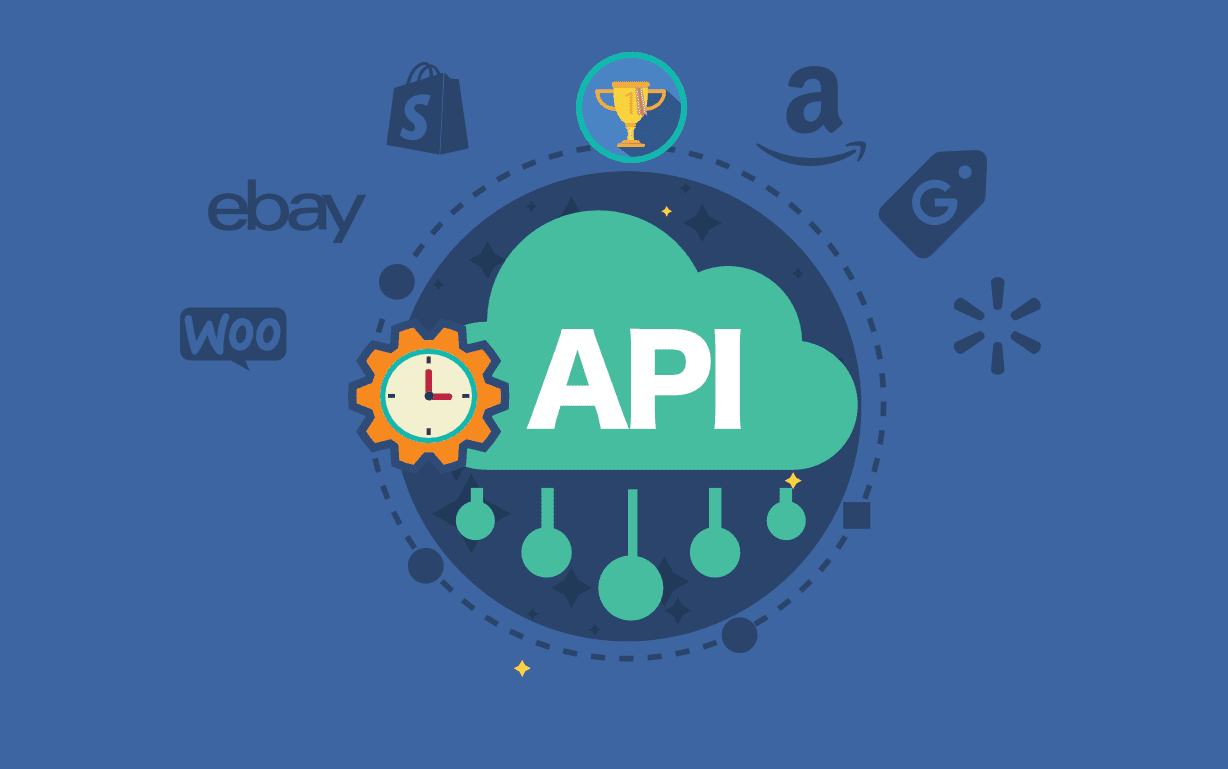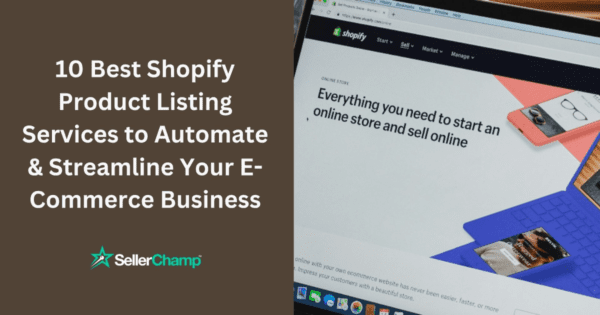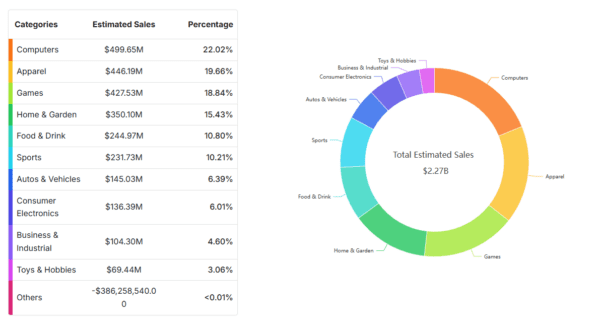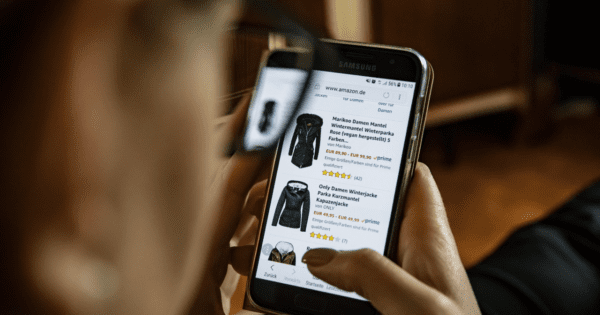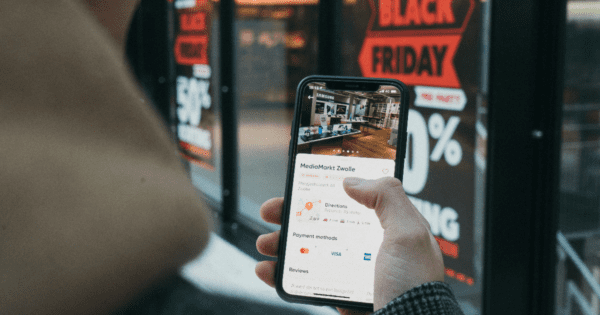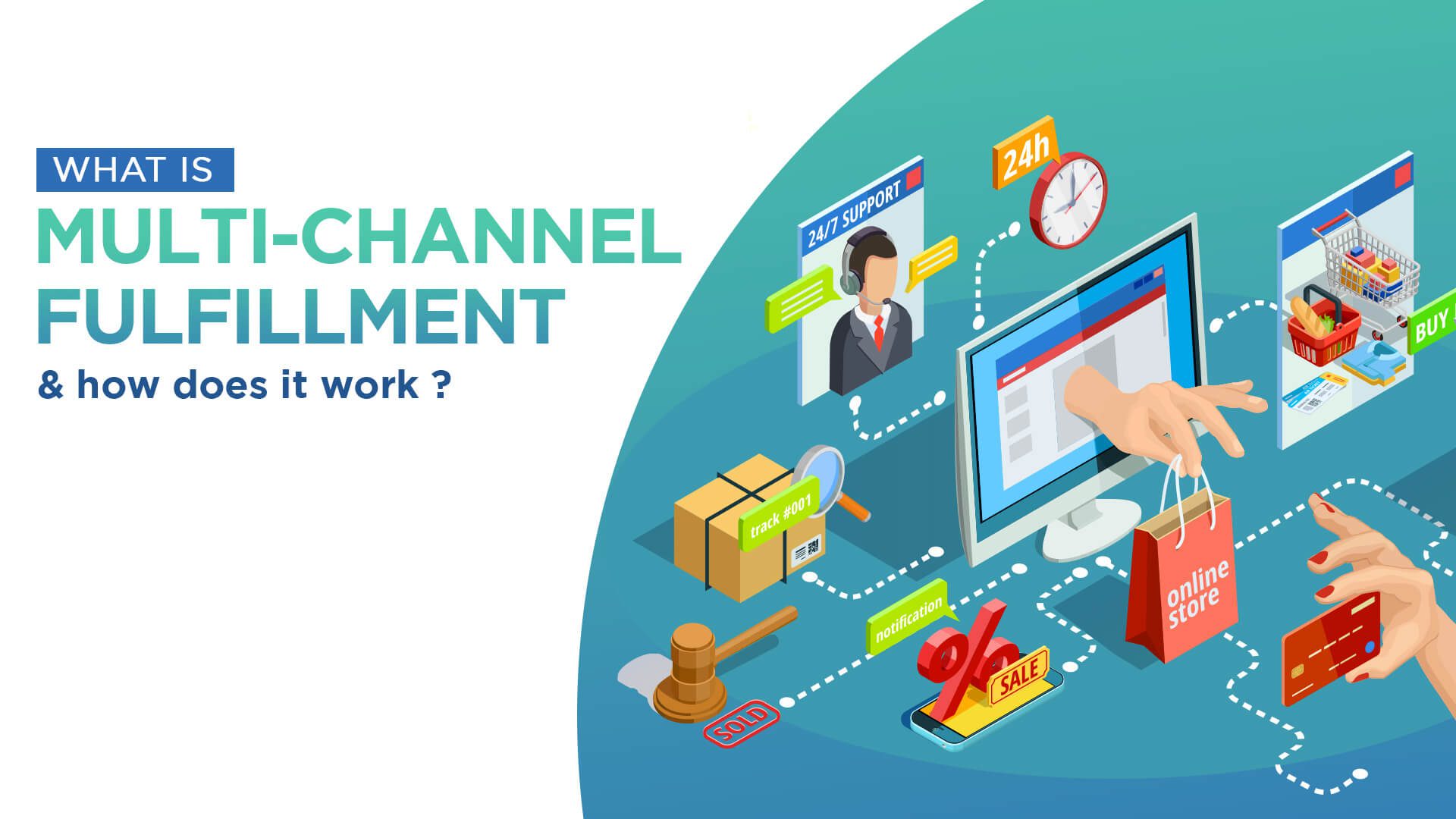
What is Multi-Channel Fulfillment and How Does it Work?
The eCommerce landscape is rapidly evolving, and brands need to up their game to stay relevant in this competitive industry. Changing consumer demand and the wide array of options available for online shopping have led to this change. Consumers are becoming accustomed to brands approaching them with their products rather than funneling them to a single channel. This has spawned the multi-channel eCommerce trend, where brands must be present across multiple platforms because customers are not always seeking them out. This is why multi-channel fulfillment strategies are crucial for eCommerce brands that want to scale and grow. According to a Statista report, multi-channel online businesses in the United States generated more than $350 billion in eCommerce sales in 2020 and are projected to reach $575 billion by 2023. While multi-channel fulfillment puts retailers in a more competitive position, it also gives them access to more sales opportunities than ever before. The more screens your products are available on, the better the chance of increasing your sales conversion rate. Multi-channel eCommerce, however, brings with it both challenges and opportunities.
This article will introduce you to multi-channel fulfillment and how it works to help you decide whether you should use multi-channel fulfillment platforms to expand your eCommerce business.
What is Multi-Channel eCommerce?
Essentially, multi-channel eCommerce refers to the availability of products to customers across different channels, wherever they choose to buy them. This includes selling products on your eCommerce website, on marketplaces such as eBay, in a physical store, and via mobile apps.
Selling across multiple eCommerce platforms allows you to reach more potential customers, which means more sales. By 2023, multi-channel sales will account for close to 46% of all eCommerce sales, according to a report by eMarketer.
Customers shop online across many channels and employ a variety of touchpoints before making a final purchase. The complications that brands confront along this consumer journey to close a purchase are depicted in this illustration by Core DNA. To counter these complications, having a multi-channel strategy for your business is necessary.
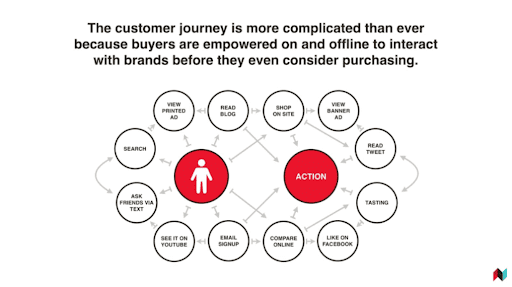
Furthermore, multi-channel eCommerce increases product visibility, raises brand awareness, and lowers risk by diversifying sales channels.
Here are a few of the most popular eCommerce online channels through which you can start selling and kickstart your multi-channel eCommerce strategy.
- Amazon
- Wal-Mart Marketplace
- eBay
- Etsy
- Instagram Shopping
- Facebook Shopping
- TikTok Shopping
Using tools like SellerChamp, you can integrate your store with these marketplaces in a few simple clicks to automate your multi-channel fulfillment process and scale your business.

However, you’ll need to adopt the right fulfillment solutions to manage your multi-channel eCommerce strategy once you’ve decided on your sales channels.
Amazon Multi-Channel Fulfillment is one of the most widely used fulfillment solutions. With Amazon’s multi-channel fulfillment, you can enhance your customer experience, delivery speed, and inventory management while also helping your business grow. Let’s explore more about this.
What is Amazon Multi-Channel Fulfillment?
Amazon Multi-Channel Fulfillment is a part of the Fulfillment By Amazon(FBA) program that enables you to store your products and fulfill orders for both Amazon’s and your brand’s websites. Amazon will handle the complete fulfillment for your brand across specified channels if you store your inventory in their warehouses.
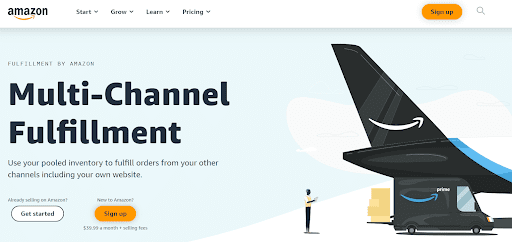
With one company managing and delivering all your inventory from one place, everything is centralized. This helps you quickly make all the changes you need, and your quality control is consistent throughout your sales channels.
This illustration from Sellbery shows the working process of Amazon Multi-Channel Fulfillment:

Benefits of Amazon Multi-Channel Fulfillment (AMF)
Amazon logistics offers you an advantage over other services by providing unparalleled speed and efficiency in fulfilling your orders. According to a Statista report, 57% of retailers depend solely on Amazon’s logistics to fulfill their orders.
However, before integrating your business with Amazon MCF, you need to evaluate whether it’s the right fit for your business or not. Here are some benefits of Amazon Multi-Channel Fulfillment:
- Fast shipment: When it comes to shipping speed, Amazon is unmatched. With MCF, you can provide your customers Amazon-like fulfillment and have your purchases delivered every day of the week. Amazon ships your eCommerce orders in one business day (Priority), two business days (Expedited), or three to five business days (Standard).
- Competitive pricing: Amazon MCF offers competitive pricing that is both transparent and straightforward and offers discounts of up to 60% on multi-unit orders.
- Convenience and total inventory control: Multi-channel fulfillment’s main advantages are convenience and inventory control. Managing stock levels across your sales channels is simple since everything is shipped and managed from the same warehouse.
- Fully trackable orders: All your orders are fully trackable, and you’ll receive tracking numbers within 24 hours after placing an order for priority or expedited shipments against on-hand inventory.
With over 150 fulfillment centers in the United States and 175 worldwide, Amazon MCF has the world’s largest fulfillment network. Using solutions like SellerChamp, you can list your products on multiple channels and ship them out through Fulfillment By Amazon and boost your visibility and sales.

Hatch, a sleep accessory company, doubled their revenue and expanded its businesses to two countries after integrating with Amazon Multi-Channel Fulfillment. They realized that they could use (MCF) to fulfill their website orders using the same inventory as their Amazon orders.
As the company offered its products on various eCommerce platforms, including Hatch.co and Amazon, collaborating with a fulfillment service saved up time and allowed the company to enhance operations.

However, there are certain disadvantages as well.
- While Amazon MCF accepts orders from other retailers, it’s built from the ground up to promote and grow Amazon. Hence products listed on Amazon will always be their priority.
- Even though it streamlines inventory management and ensures timely delivery, it also comes with branding and product limitations.
- You also face resistance with hidden costs, channel ineligibility, and Amazon-branded boxes.
Furthermore, even products that qualify may not be cost-effective to deliver with Amazon due to the increased fees involved. According to the Wall Street Journal, Amazon spins off its own private label products based on vendor success and customer data—which can significantly affect your brand visibility.
How does Multi-Channel Fulfillment work?
It’s no secret how challenging inventory storage, picking, packaging, and shipping can be for eCommerce sellers. These are necessary processes but lead to time and money drains. A study by IHL Group estimates that the cost of inventory distortion globally is $1.1 trillion.
Multi-Channel Fulfillment solutions provide a convenient option for sellers who already operate active websites or sell through various online marketplaces to store and ship products globally.
An MCF works similarly to third-party logistics (3PL) fulfillment—you keep your products in their warehouses, and they manage the fulfillment.
The Multi-Channel Fulfillment working process involves:
- Storing your inventory at fulfillment centers: The absence of warehouse space limits your growth when you can sell more products but have no place to store them. Thus, you can leverage the Multi-Channel Fulfillment solution’s warehouse capability to store more products and scale your business.
- Fulfillment solutions receive orders placed on your website: Any orders placed are transferred automatically to fulfillment centers by linking your website with fulfillment solutions.
- Shipping orders: Your growing business will want more than simply storage space; it will also require the ability to move bigger volumes of products without sacrificing speed. You will be able to enjoy a stress-free shipping process thanks to fulfillment solutions.
Dossier, a luxury perfume store, scaled from 0 to over 100,000 orders by leveraging multi-channel fulfillment. By integrating their business with ShipBob, a leading 3PL solution, they could focus on growth instead of picking, packing, and shipping. By outsourcing its fulfillment, Dossier increased production and scaled its business.

What is Multi-Channel Fulfillment: Wrapping Up
Having a multi-channel fulfillment strategy is imperative to staying ahead of the ever-changing demands of customers. They’re bound to go to your competitors if they can’t find your products on the platforms they use or if you can’t deliver quickly.
Delivering fast, reliable products through a trusted fulfillment solution and following up with personalized feedback queries at the right time are sure-shot ways to increase customer retention and build brand loyalty. However, you must choose fulfillment solutions that fit your company’s needs to have a seamless MCF experience.
You can enhance your sales, boost your profits, optimize your operations, and increase your business’s chances of success with the right seller software and fulfillment partners. SellerChamp enables you to do exactly that by helping your business integrate with various fulfillment solutions like Fulfillment By Amazon and Deliverr.


